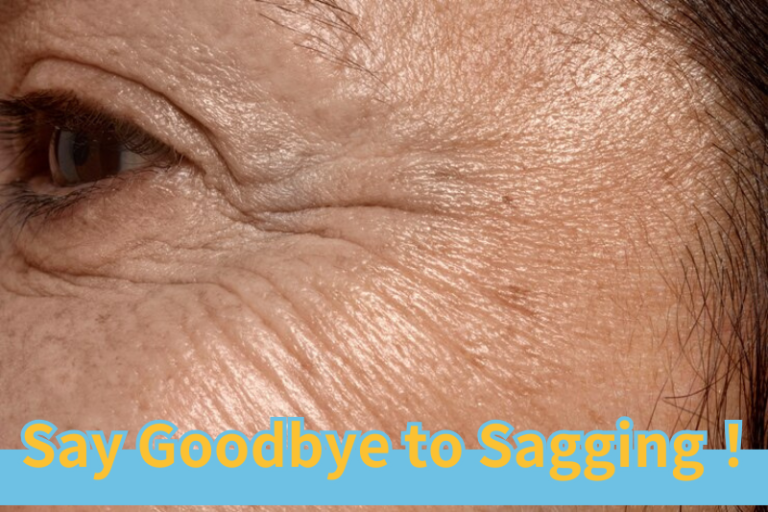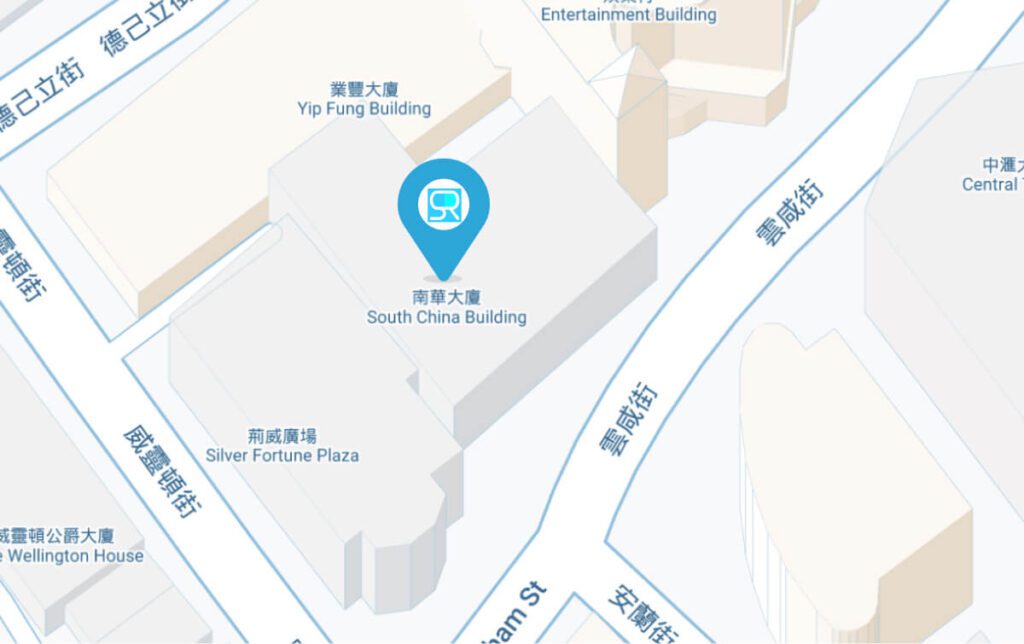BLOG/
Say Goodbye to Skin Sagging!

As we age, one common concern we face is skin sagging. But what leads to this phenomenon as we get older? There are three primary reasons responsible for skin laxity:
Reasons for skin laxity
1. Decrease in Subcutaneous Fat
As we age, the amount of subcutaneous fat beneath our skin begins to diminish. This reduction leads to a less plump appearance, making the skin look as if it is sagging.
2. Loss of Collagen and Elastic Fibers
With advancing age, the collagen and elastic fibers that support our skin also decrease. This invariably affects the skin’s firmness and elasticity, contributing to sagging.
3. Gravity
Finally, gravity contributes furthers to skin laxity. Over time, it causes the skin to sag further.
The Impact of Skin Laxity on Appearance
Skin laxity can trigger a series of chain reactions. For instance, lax skin on the forehead can lead to drooping eyebrows, which in turn people may makes the eyes smaller and tired as a result.
Laxity in the cheeks can deepen nasolabial folds, contributing to an overall older appearance. Furthermore, the contour of the jawline can become blurred due to cheek laxity. The emergence of a double chin can make a person look older.
All these will create an overall impression of advanced age.
How to Address Skin Laxity?
One effective method is High Intensity Focused Ultrasound (HIFU).
Before the advent of HIFU, the only way to improve skin laxity was through surgical procedures such as a facelift. Surgery not only involves risks but may also lead to complications such as permanent scarring.
HIFU is a non-invasive treatment that employs focused ultrasound energy. It penetrates the skin at a depth of 4.5 millimeters, stimulating collagen regeneration, achieving skin tightening and lifting effects.
The Principle of HIFU
The technology behind HIFU is similar to focusing sunlight with a magnifying glass, concentrating ultrasound energy deep within the skin, specifically at a depth of about 4.5 millimeters. It is a place where a deep-seated structure called Superficial Muscular Aponeurotic System (SMAS) resides.
The SMAS is a layer located just beneath the subcutaneous fat of the skin. It consisting of a thin membrane made of collagen fibers and attenuated muscles. One of the major functions of SMAS is to support the skin and define the contours of the face. As we age, collagen and elastic fibers within the SMAS gradually diminish, causing it to sag and resulting in lax skin.
HIFU elevates the temperature of the SMAS to 60-70 degrees Celsius. It promotes the denaturation and regeneration of collagen, creating thermal coagulation points that leads to tightening of collagen fibers and regeneration of new collagen. The result is a more defined contour and tighter skin.
In addition to targeting the SMAS at 4.5 millimeters, HIFU can also focus on the dermal layer located at 3 millimeters. When HIFU focuses on the 3-millimeter-deep dermal layer, it can enhance skin elasticity, improve fine lines, and reduce enlarged pores.
Treatment Plan
It is generally recommended to undergo three sessions, spaced one to two months apart. The treatment effects can last for one to two years.
After HIFU treatment, collagen production is stimulated. As the process is ongoing, the skin quality will improve continuously in the next one to nine months.
Precautions
Mild redness and swelling may occur after HIFU treatment but these typically subside within a day. While HIFU is a relatively safe procedure, there are potential risks. Some individuals may experience numbness, swelling, or localized muscle weakness. These symptoms are usually mild and should resolve within thirty days. A small number of individuals may experience redness resembling scratches and sensitivity.
Conclusion
Skin laxity is a natural process, but thanks to modern technology, we now have a safer and more effective solutions like HIFU.
If you are interested please consult a dermatologist.
Hidden Content
Hidden content


